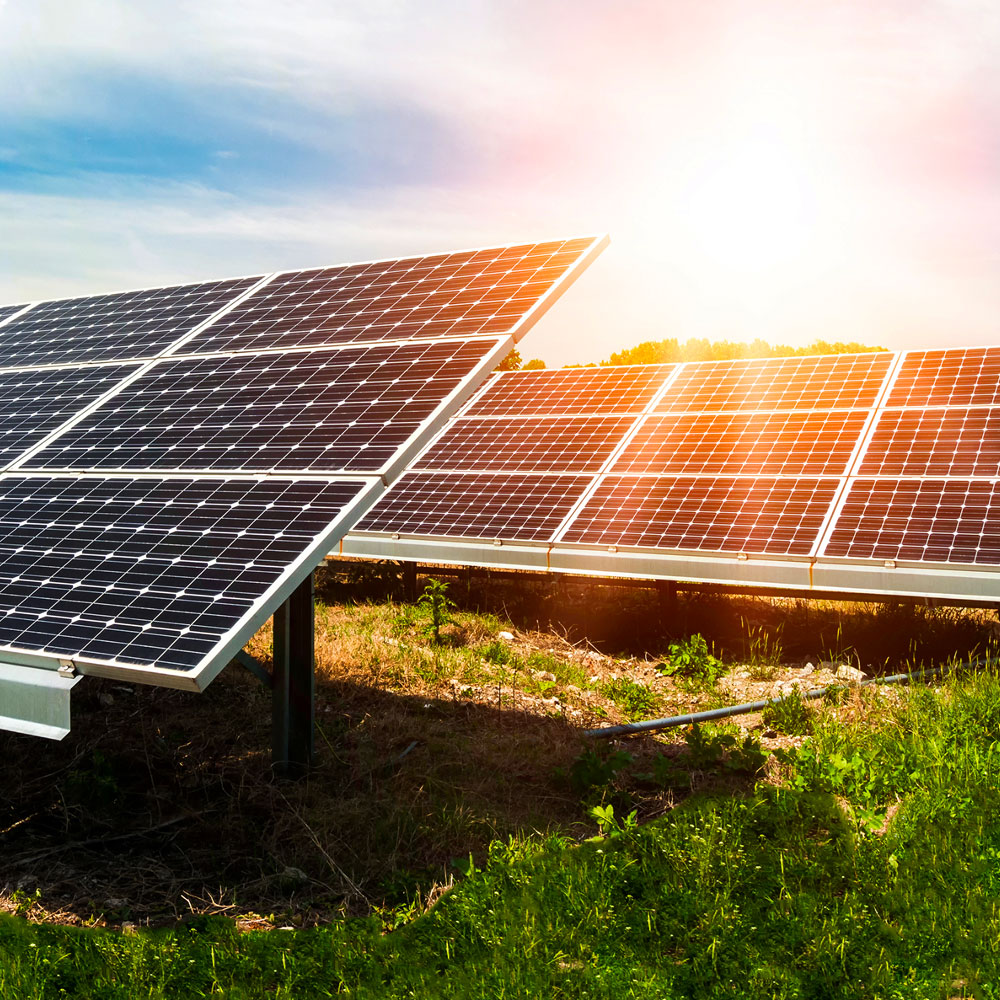6 Reasons Why Net Zero by 2035 is such a challenge for Alberta’s power system
By Evan Bahry for UTILITYnet
www.linkedin.com/in/evan-bahry
![]()
Alberta’s power grid aims to achieve the largest sectoral emissions reduction target in Canada by 2035, with a forecasted 61% reduction in greenhouse gas emissions from 2005 to 2030. However, challenges arise due to the province’s reliance on hydrocarbons, limitations in renewable energy capacity factors, and the need for unproven technologies, making the transition to net-zero emissions by 2035 a formidable and costly task.
Bottom Line: Alberta’s power grid faces the largest sectoral emissions reduction target in the shortest period of time (2035) of any industry in Canada.
While Alberta’s power grid is forecast to reduce GHGs by 61% from 2005 to 2030, it’s also true that getting to Net Zero by 2035 will be very challenging for six reasons:
Alberta is rich in hydrocarbons – oil, gas, and coal – but we’re also flat and dry. That means we simply can’t build hydro-electric dams that most Canadian provinces have. We have had no realistic alternative but to rely upon coal-fired generation and now natural gas-fired generation to meet our province’s electricity demand.
“Alberta is rich in wind and solar, but wind operates at less than 40% and solar at less than 20% of its annual potential. Sometimes the wind doesn’t blow and the sun doesn’t shine.”
Alberta is rich in wind and solar, but wind operates at less than 40% and solar at less than 20% of its annual potential (“capacity factor”). Sometimes the wind doesn’t blow and the sun doesn’t shine. Batteries can store electricity, but they discharge after about 4 hours. While renewables and batteries are helpful, Alberta relies upon its gas fleet to meet demand.
The options to replace Alberta’s gas-fired generation with non-emitting baseload and ‘dispatchable’ supply are limited. Technologies such as carbon capture, small modular reactors, hydrogen, or long-duration storage have not been built yet – anywhere – at the scale Alberta needs them. Some say we need to build more wires to other provinces, but wires don’t decarbonize grids. What decarbonizes grids is access to non-emitting generation on the other side of that wire, but Alberta’s market is bigger than its neighbours. Where would we find 10,000 to 15,000 Megawatts of new, non-emitting supply to meet our demand by 2035 or 2050?
Alberta’s power market is large, which means the decarbonization challenge is that much more daunting. Alberta is now the third-largest power market in Canada in terms of electricity consumption. For context, Alberta is home to 20,137 Megawatts (MWs) of supply. 12,000+ MWs of that are gas, with a little bit of remaining coal. Compare that to our neighbours. SaskPower has 3,968 MWs, and BCHydro has 12,204 MWs, plus each has some independently-owned power projects. That supply is relied upon to meet their own demand. In short, the scale of Alberta’s power system makes the challenge of decarbonizing the grid all that more daunting.
The timeframe is very short. 2035 is a little over 4000 days away. This is a very compressed timeframe for generators to study, permit and construct new, non-emitting technologies that can provide dispatchable, reliable and affordable generation at the size required to meet Alberta’s demand.
It’s not going to be cheap. Whether it’s the carbon tax – rising to $170/T – or the cost of the technology to produce reliable, baseload and dispatchable supply, the estimates of the cost impact are measured in the tens of billions of dollars.
Bottom Line: Alberta’s power grid faces the largest sectoral emissions reduction target in the shortest period of time (2035) of any industry in Canada.



